New forms of local authority enquiries
A new local authority search form will be introduced on 1 July which will affect every solicitor dealing with any property related transaction.
This guidance comes from the Law Society's conveyancing and land law committee
Two new forms, Con29 part I and Con 29 part II (2002 Edition), come into force on 1 July 2002, replacing the existing Con29.
Guidance notes will be available.
They reflect recent and proposed changes in legislation and practice, and anticipate the government's requirement to identify standard searches for residential sellers' packs.
The new part I form contains standard questions primarily aimed at residential property (but without excluding commercial property), and includes some previously optional questions, leaving all other matters for part II.
All the questions were reviewed to see whether they were capable of objective answer by authorities using reasonably modern systems.
They exclude matters revealed by the LLC1 search of the local land charges register and those no longer within the jurisdiction of local authorities.
Standard and optional questions
The part I form is to be submitted in every case, with form LLC1.
Optional questions may be submitted at the same time, using the part II form and paying the appropriate increased fee.
Fixed fees for optional enquiries are set assuming that these questions will be submitted at the same time as the standard enquiries; higher fees may be charged and delays may occur if they are submitted separately.
Format of questions
The part I questions are regrouped.
Those asking for positive information (about planning matters, road adoption, etcetera) come first, followed by those seeking a negative response (about the absence of potentially adverse matters, etcetera).
Style of replies
Councils are asked to reply in fully textual sentences if possible (like the Coal Authority letter in response to the standard coal mining search) so they can be easily understood with little need to refer back to the questions.
Where this is impracticable, they are asked at least to set out the heading of each question (taken from the enquiry form) before giving a short form of reply.
They are also asked to add informatives to the replies, covering matters currently in footnotes to Con29 as well as new information and warnings, for example, relating to the extent of public highways, the need for building regulation approvals, and radon gas precautions.
Setting these out in the replies should be more conspicuous than footnotes on the enquiry form.
Councils should state whether the records searched are restricted by date or subject (perhaps because of limited computerisation) and whether additional manual searches are possible at extra cost.
Application forms
The property description box has fields for the address conforming to the National Land Information Service, including the unique property reference number allocated by the National Land and Property Gazetteer.
As before, any roadway, footway or footpath which abuts or directly gives access or egress to the property but which is not included in its address should be inserted in a separate box.
If this is believed to be an adopted public highway, the enquirer should not include other public roads into which that road runs unless there is a specific reason, since this can delay the processing of the search.
Liability
The notes state that the local authority will give replies based on information available to its officers, but neither the authority nor any officer will accept liability for errors except in the case of negligence.
As at present, liability in negligence extends for the benefit of the persons submitting the enquiries (or the persons on whose behalf they are submitted) and also any other person who buys, rents or takes a mortgage over the property, knowing of the replies (directly or through another, such as solicitor or licensed conveyancer) when entering into that transaction.
This means that, in addition to buyers/tenants/mortgagees, sellers submitting enquiries will be entitled to rely on the replies, as will persons who make the enquiries before they acquire an interest in the property indirectly, such as buying the share capital of a company which owns the property.
No change is made to the application of the usual rules of tort as to foreseeability of damage.
Main changes to part I enquiries
To coincide with the introduction of the standard form of drainage and water search (Con29DW) for submission to sewerage undertakers, drainage matters are omitted from the new Con29 except for agreements or consents for combined drainage and building over sewers, which may remain in council records.
Building regulation approvals and certificates are added to the request for details of planning decisions and notices.
The new building regulation 16A is taken into account; this requires approvals for replacement windows, rooflights, roof windows and certain replacement glazed doors unless installed by a person registered under the fenestration self-assessment scheme who must lodge a compliance certificate with the local authority.
Where building control for the property is administered by an outside body (for example, the National House Building Council for a new residential development in the course of construction) this will be stated in the reply, with an informative advising the enquirer to ask the seller or developer to provide evidence of compliance with building regulations.
Tramways are added to the question about light railway schemes.
The optional question concerning road closure and minor traffic schemes becomes a standard part I enquiry and now includes traffic calming (for example, road humps), residents parking, minor widening/ improvement, pedestrian crossings, cycle tracks and bridge construction.
Notices under the health and safety at work legislation are added to the question concerning outstanding statutory notices, but 'informal' notices are no longer included because of uncertainty as to what counts as an informal statutory notice.
The question about the presence of radon gas moves into part I and reflects the current regime of the National Radiological Protection Board designating 'radon affected areas', where 1% or more of properties are estimated to be at or above the radon action level of 200 becquerels per cubic metre of air.
A positive reply to this question will include an informative giving advice about ascertaining the protection measures installed in the property and indicating sources of further information.
Main changes to part II enquiries
It had been hoped to move the question concerning public paths or byways into part I, but several rural councils said this was not currently practicable, so it remains an optional enquiry.
The reply will include a warning that the definitive map does not show every public footpath or byway.
A new optional question has been added, of interest to buyers of rural property, reflecting the power of councils to serve notices under the Hedgerows Regulations 1997.

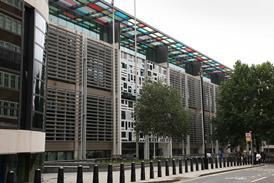

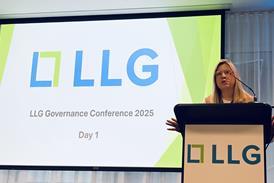


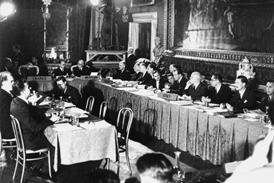

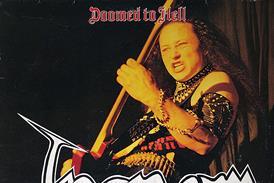



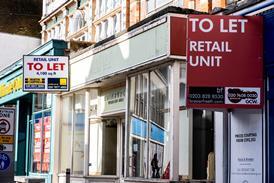
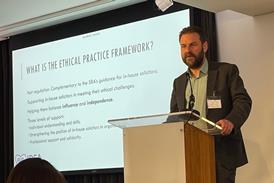
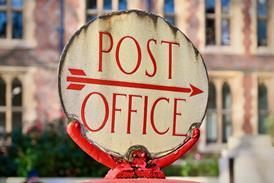












No comments yet